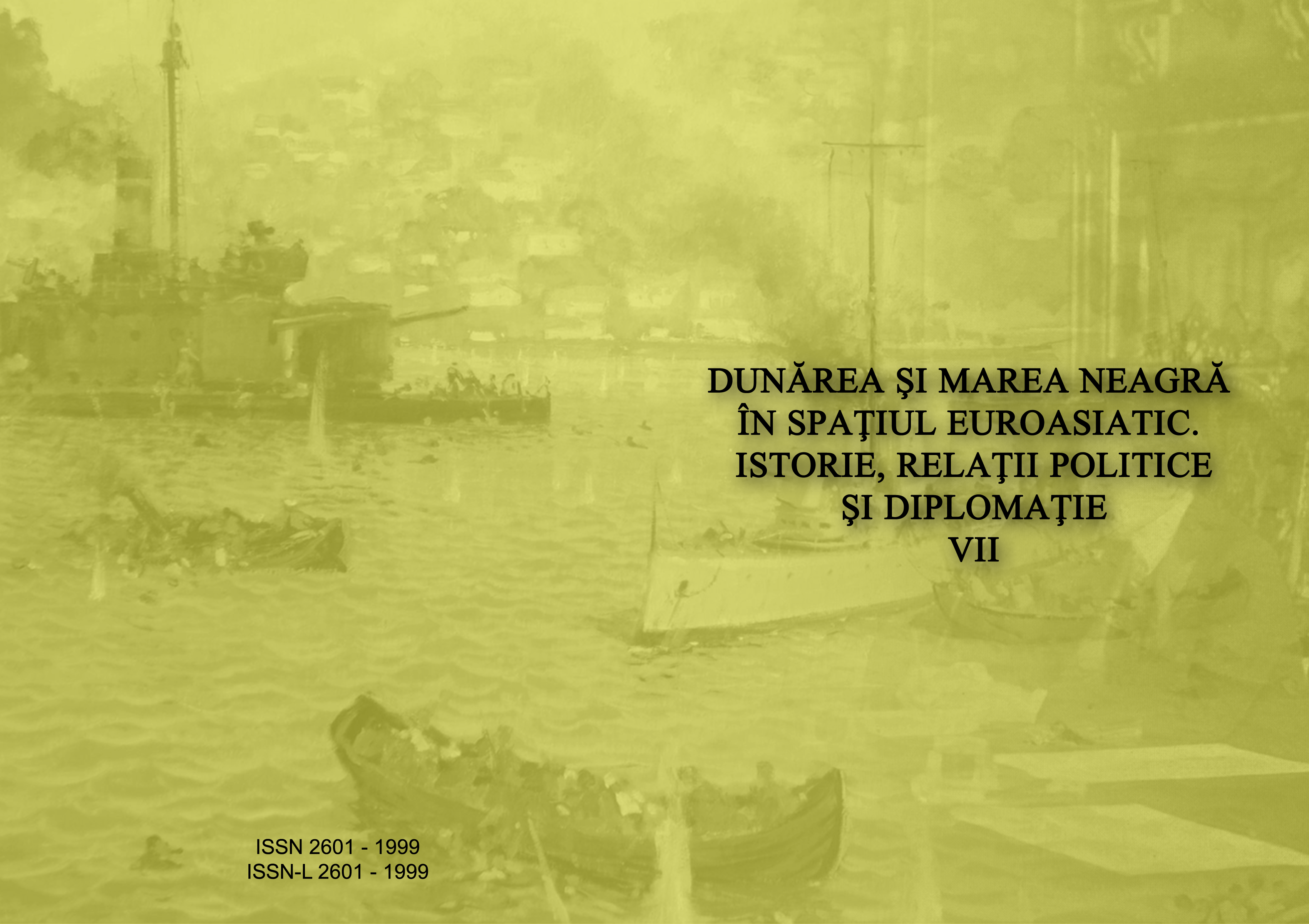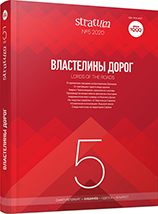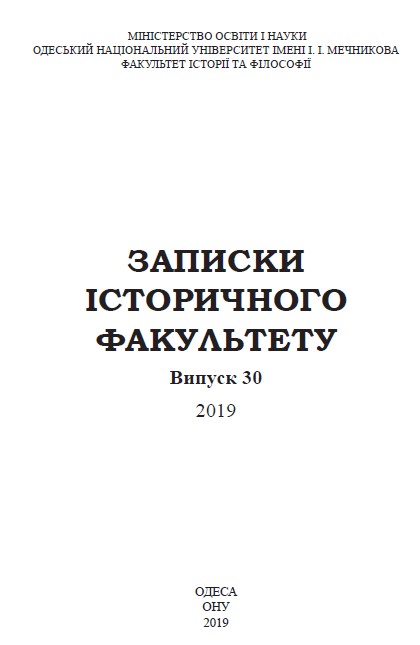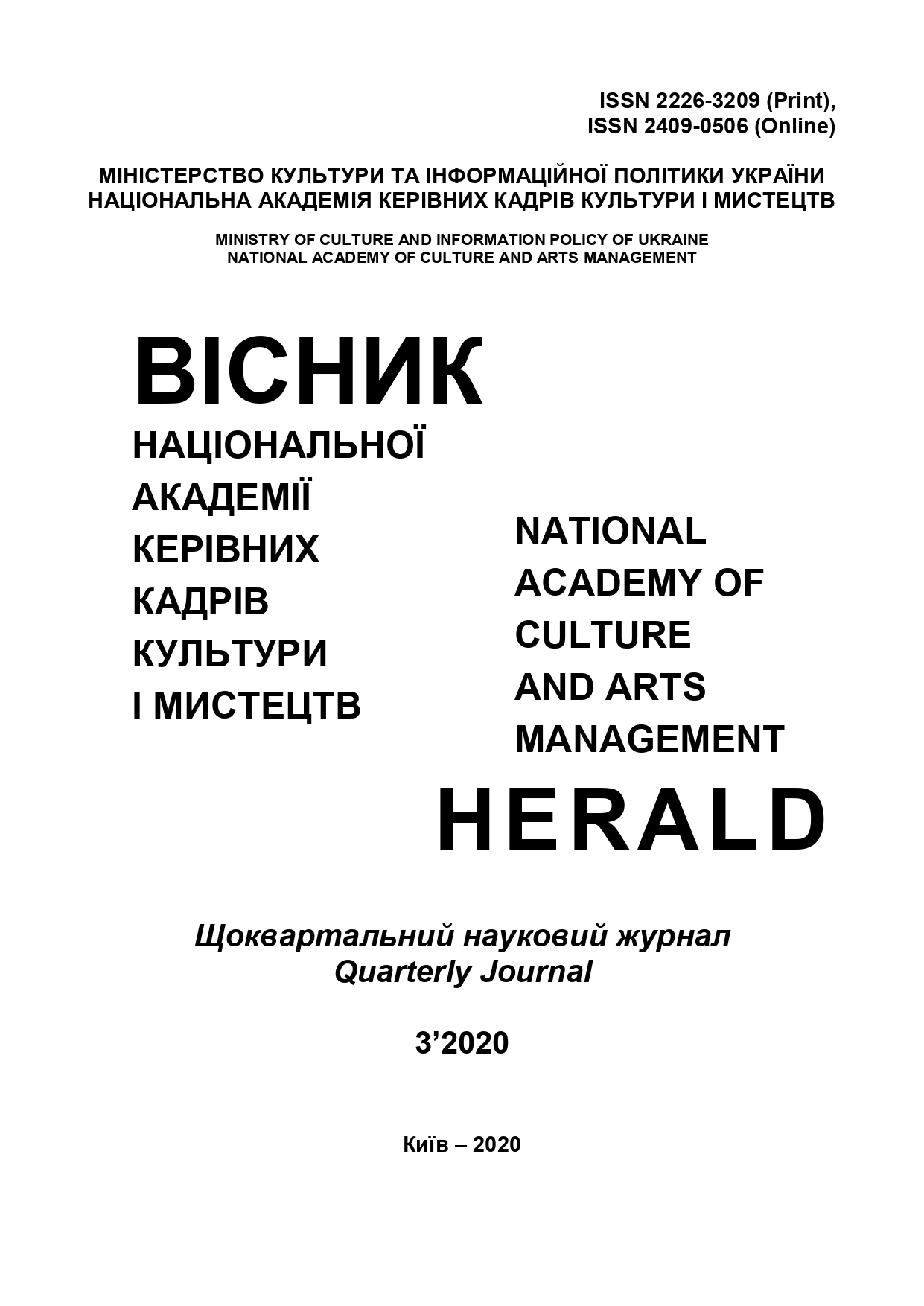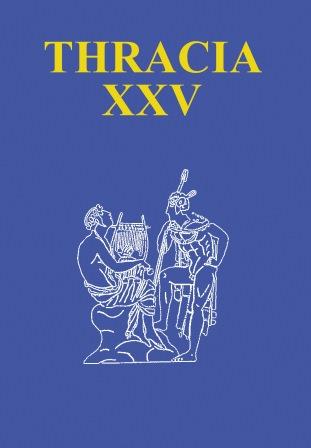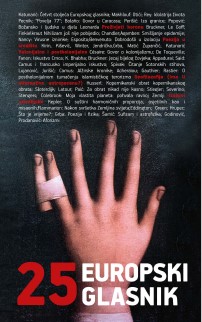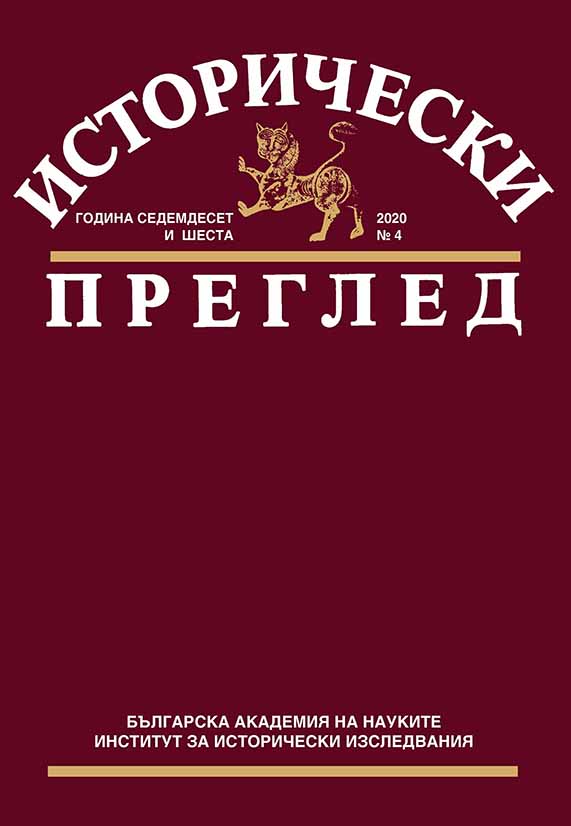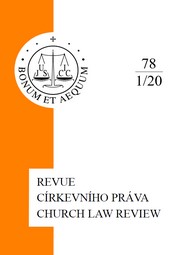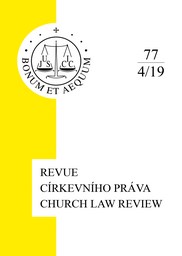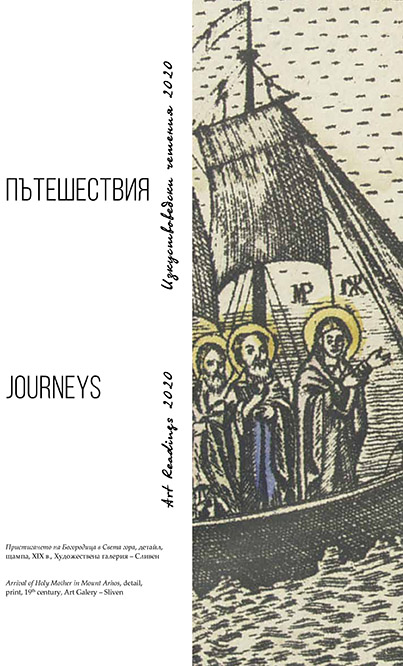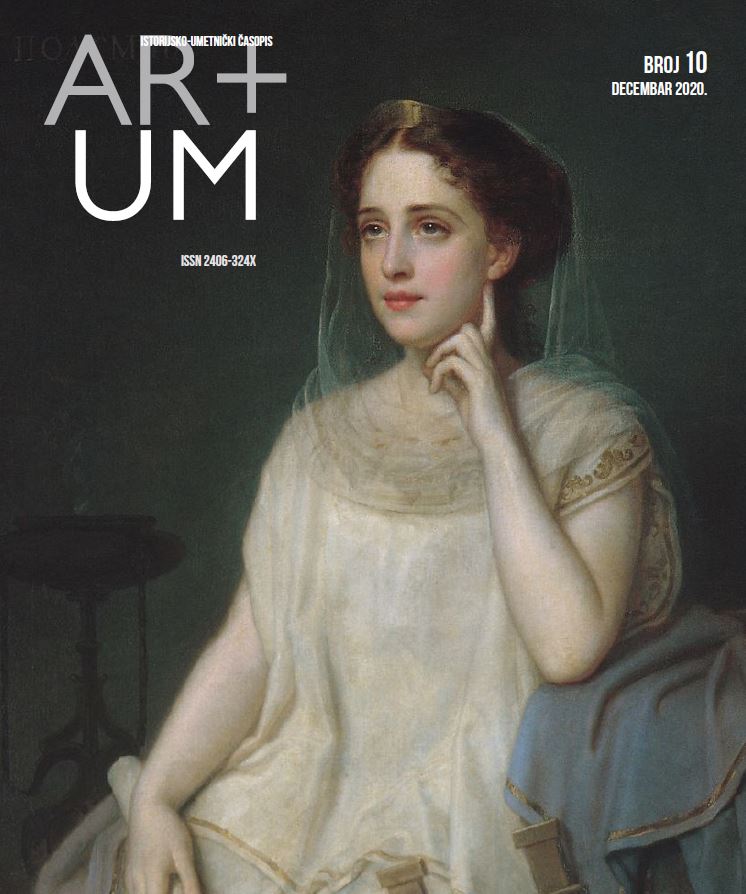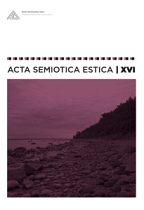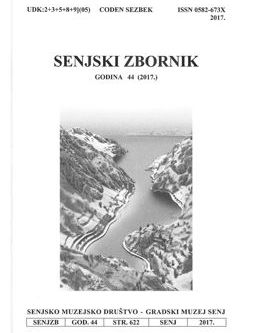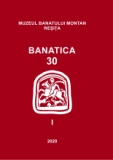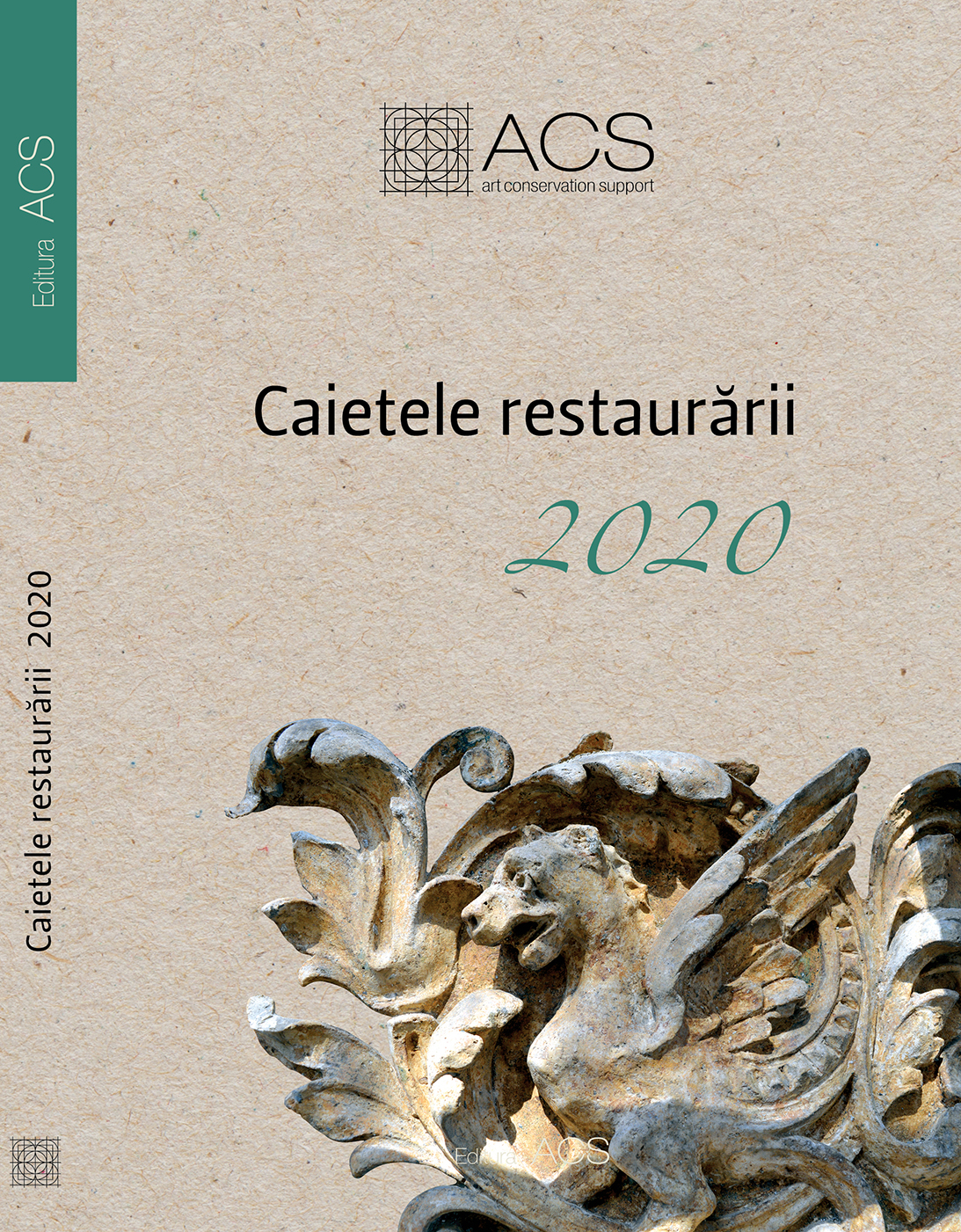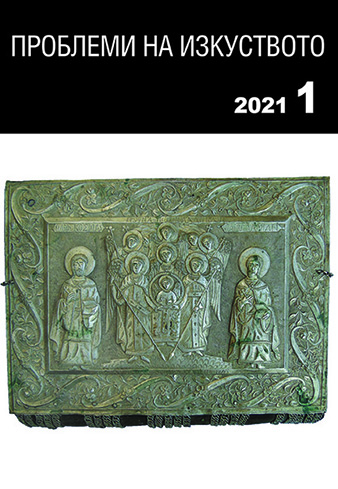Author(s): Iosif Vasile Ferencz / Language(s): Romanian
Issue: 1/2019
About the archaeological discoveries from Ardeu (Balşa commune, Hunedoara county), many pages have been written over time. We tried to present a different overview on the site „Ardeu-Cetăţuie”. On this paper we set out to undertake an exploration of the mythological micro-universe, in the form in which it is still preserved among the members of the community of Ardeu village. The investigation is based on small sequences collected from local folklore, directly from the locals, during the research campaigns, as well as by the Hunedoara journalist Laura Oana. The study area is located in the south of the Apuseni Mountains, in a place dominated by rocky cliffs and caves, where there are traces of habitation of populations from many historical times. The walls of some fortifications, visible for centuries on top of the Cetăţuie hill, were a source of inspiration for the collective imaginary of the place, allowing the adaptation of some archetypes widespread in mythology, to the geographical framework of the place. Thus, we had the opportunity to capture details that ensure the connection with the intimate environment of popular beliefs. We noticed the persistence of a series of significant elements, with their own function, which are correlated with each other: giants and their homes, huge guardians and/or treasure owners, underground rooms and tombs of giants. In the mythical universe, the giants lived in “Colţ”, on/in Dealul Cetăţuie (Cetăţeauă), an archeological site registered in the National Archaeological Repertory and in the List of monuments and archeological sites. From the point of view of archeological research, the association of the site with the treasures brings disadvantages, and the activity of the treasure hunters can only be classified as harmful for the national cultural heritage. The material proof of the presence of the giants at Ardeu, in antiquity, is a skeleton, or rather the accidentally unearthed head of a person with larger dimensions than the usual ones. As it is still preserved, the legends with and about giants are part of the general structure and limits of the genre, with details that are widespread, in larges paces, but also with some particular ones. These fairy tales and stories are in a process of updating, but nevertheless we tried to understand their ancestral meanings and to draw research directions. The folklore of Ardeu village is vast unexplored land, in full transformation, land from which representative details are lost every day. Sequences of the mythological universe can still be recovered in Ardeu, such as the set of customs during the winter seasons, whose „piece of resistance” is represented by Căluşerii.
More...
